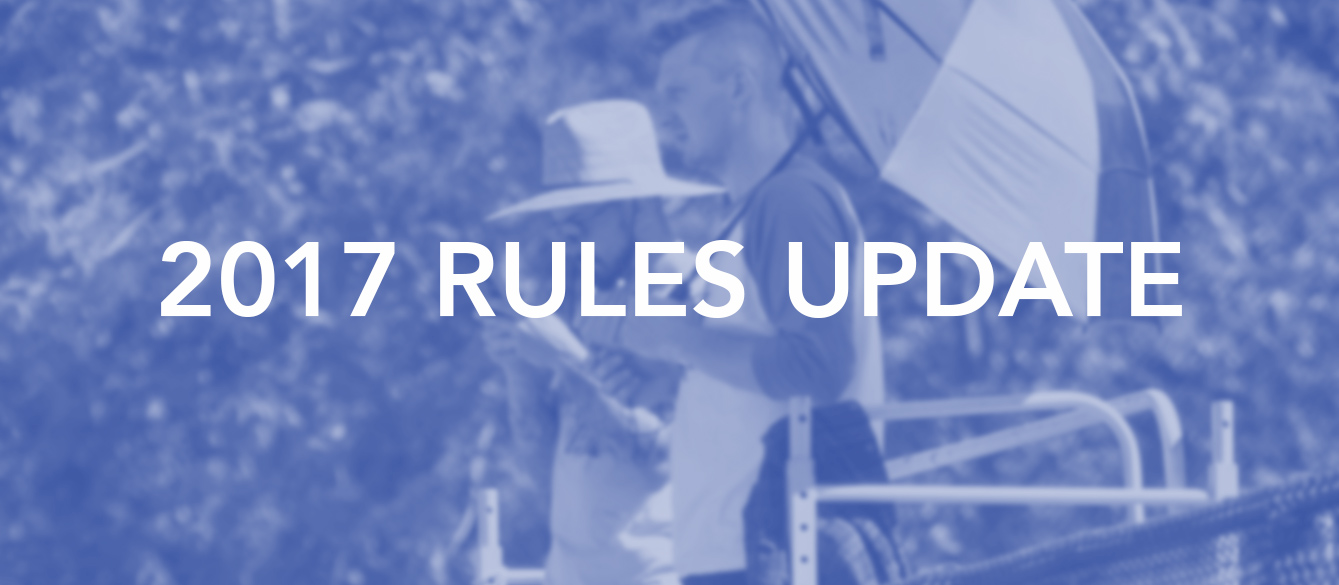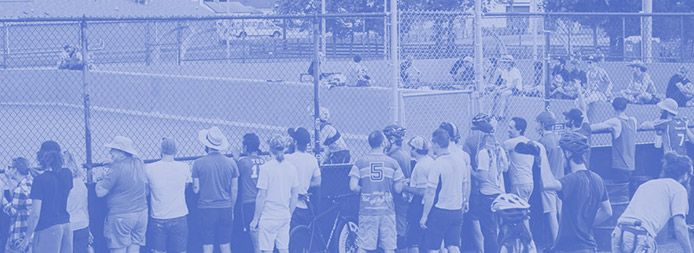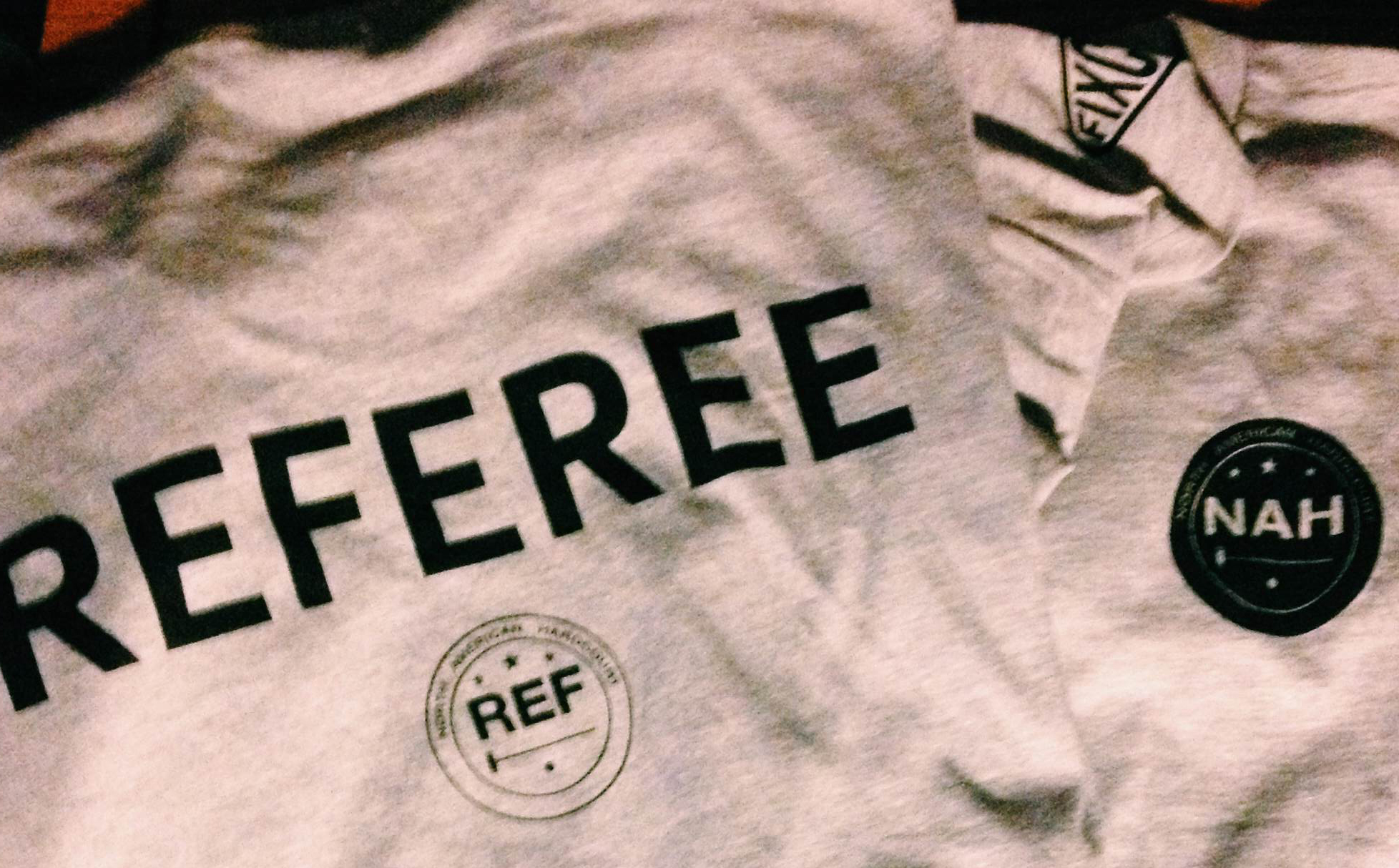The 2018 NAHBPC is done, and another season of North American bike polo is complete. We would not be here without the hard work of many people. First, a thank you to this year’s host of NAs, Milwaukee Bike Polo. They worked hard to provide a great space for this year’s event, and their work resulted in a reinvestment to bike polo infrastructure that will surely strengthen the region and help players for years and years to come. We should also be thankful to the ten hosts of the regional qualifiers who helped make this year’s qualification series. It is a lot of work to coordinate regionally and provide an accessible tournament for all those who are eager to compete for the North American Championship title.
I’d like to personally thank Mark Aseltine, who was not physically at the NAHBPC, but was quietly supervising remotely from out west. Mark designed the entire tournament, qualification system, and documentation for the event. Will Robbins helped make sure the event had scheduled refs and helped track all the volunteers for that labor. Joe Rstom helped with on-site event management when I was not there and also helped provide some tech support for the live stream that was setup by David Barthod. I’m very glad to have a quality video record of some amazing matches from this year’s event. I’m sure that this model for live streaming will become more and more popular in the future, and the NAH encourages events to try and budget for this kind of media coverage. If your event is interested in doing this, reach out to us for more information about costs, supplies, and how to host on the official NAH YouTube channel.
At the closing ceremony, I announced that I was done with being President of the NAH. While I am stepping down from that role, I plan to remain in support of the NAH in two other roles. I will continue to support the NAH as Treasurer and as Governor. The latter title is not a functional position in the NAH, but rather it means that I am the point of contact for the U.S. Government for the NAH in managing and maintaining our 501(c)3 non-profit status as an organization. With the help of Meghan Shoop earlier this year, the NAH created a roadmap document for clubs who are interested in formal incorporation and establishing themselves as their own 501(c)3 non-profit. If this interests your club, please do not be shy about asking questions or seeking advice.
My former teammate Greg Russo calls the melancholy Monday after a bike polo tournament “Big Monday,” and last monday was one of the biggest I’ve had in a long time. Although I have stepped down from the role of President, I have a few outstanding agenda items. For the benefit of the community, I’ll outline what work remains to be completed.
1) NAH Census
The need for good data on the status of bike polo has been asked for of the NAH for a few years. This data could be useful to future NAH leadership rebalancing regions, providing targeted support, and reviewing existing policies. The NAH has created a census form. This form is not like previous surveys that the NAH or others have produced. The census was designed to be a repeatable questionnaire to help track the health and development of bike polo at the club level. What makes this questionnaire different is that only one entry if filled out per club. It is not a form for individual players.
The census will be administered through the NAH’s Regional Reps and local club leaders. The census will open soon and we hope to collect all responses by the end of December. Regional Reps will be given early access to the form in the near future. The result summary will be made public and raw data will be made available to all Regional Reps.
2) 2019 Survey of Players
Forms forms and more forms, but this survey is for all players who attended the 2018 NAHBPC and the NAH Regional Qualifiers. This information will be provided to the NAH’s new leadership to help inform their decisions on the design, format, and schedule of the 2019 NAH Qualifying Series and how players will qualify and be certified for the 2019 WHBPC in Córdoba, Argentina.
This form will be sent to all team captains from the 2018 NAH season starting with the captains from the NAHBPC and later the captains from the Regional Qualifiers. Captains will be responsible for dissemination of the link to all members of their team roster.
3) New NAH Leadership
Perhaps most obvious is the need to fill any vacant positions in the NAH and reorganize as needed. In addition to myself, Joe Rstom and Will Robbins will also be stepping down from their roles in the NAH as Rules Director and NAH Head Ref respectively.
The NAH will provide descriptions for the roles and responsibilities on our website in the next week. If you are interested in filling any of these roles, you should start thinking about your experience and qualifications. Once we have collected information about interested nominees, the NAH will publish short profiles of each person online. More information about the selection process will be published in the near future.
This is not Goodbye!
As I look back on the times I’ve spent with the NAH, I’m proud of what we’ve accomplished together and with groups like WTF-FRST. I’m proud of the last two years of development and the kinds of changes we’ve seen new rules and the squad format. Change can be uncomfortable and sometimes letting go is hard, but I have full confidence in our community. I know that whoever steps up will do great things.
Lastly, some unsolicited advice from me, leadership is not merely having opinions and it’s not measured solely in what people like (although trying to make people happy should always be at the front of one’s mind in a service position). You will make hard choices, and you will face criticisms, but worse is existing in a state where nobody is let down because nobody expects anything from you. Criticism means that people agree that you’re in a position of responsibility and one of consequence. I’ve tried to take criticism and constructively focus it into my decisions over the last few years, and I hope that my legacy will read charitably of my judgment, candor, and optimism for what we can be. Last year I asked that we all make bike polo special for someone else, and I want everyone who made it special for me to know that I’m forever in their debt. Thank you for letting me have the honor of your service, and I look forward to seeing you all on the court, wherever it may be next.
If you have questions about the Census, email Alias Tagami at alias@nahardcourt.com.
If you have questions about the Player Survey, email Joe Rstom at joe@nahardcourt.com and Jenny Spencer at jenny@nahardcourt.com.



